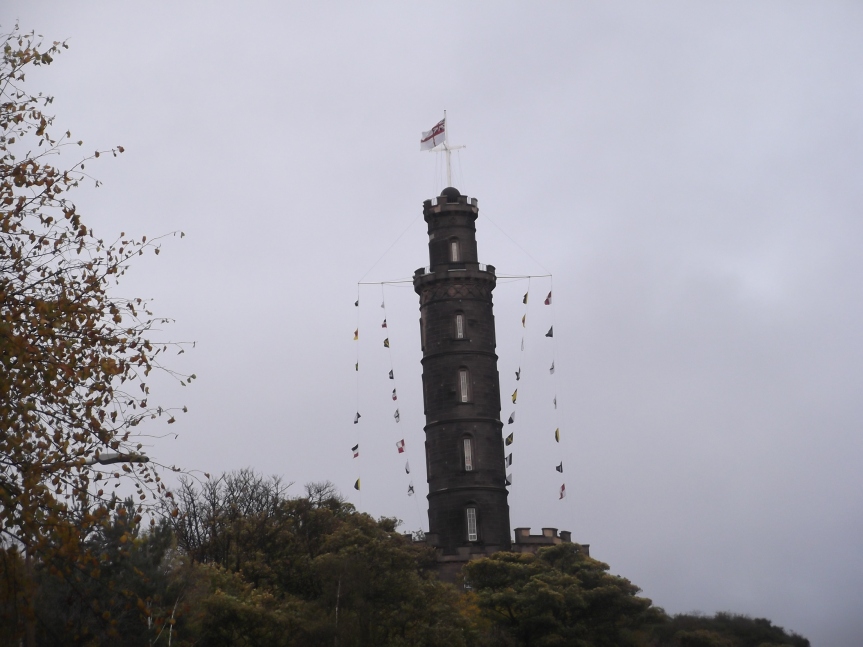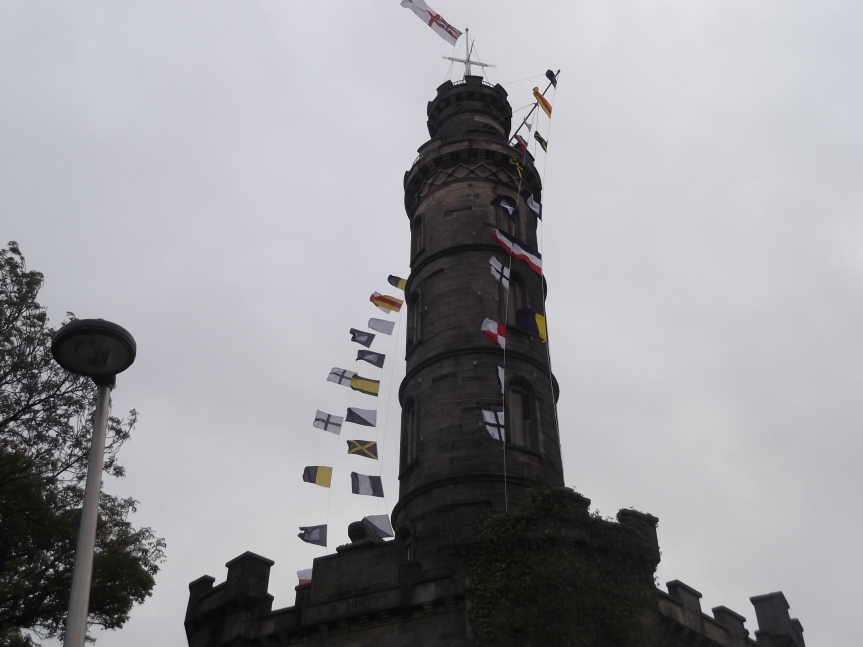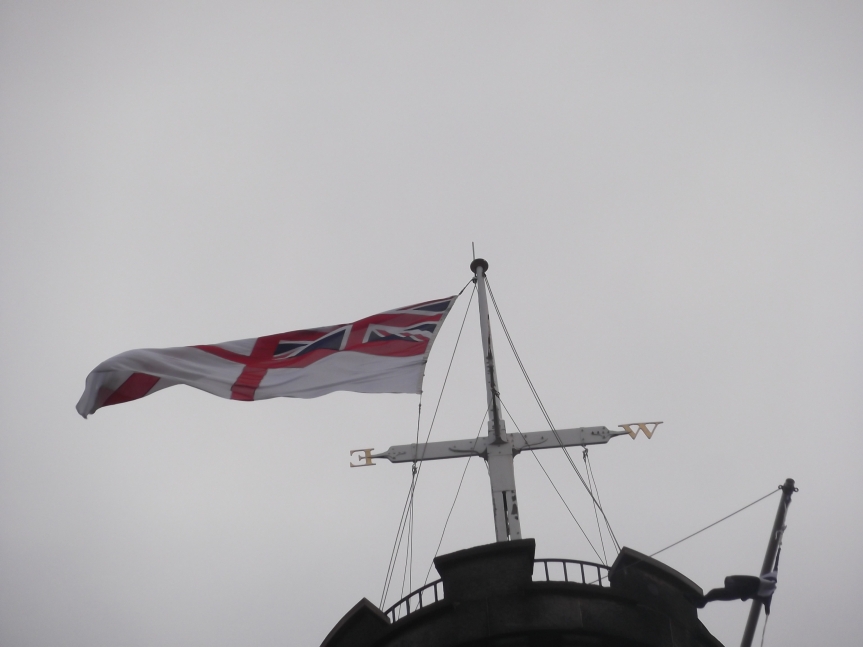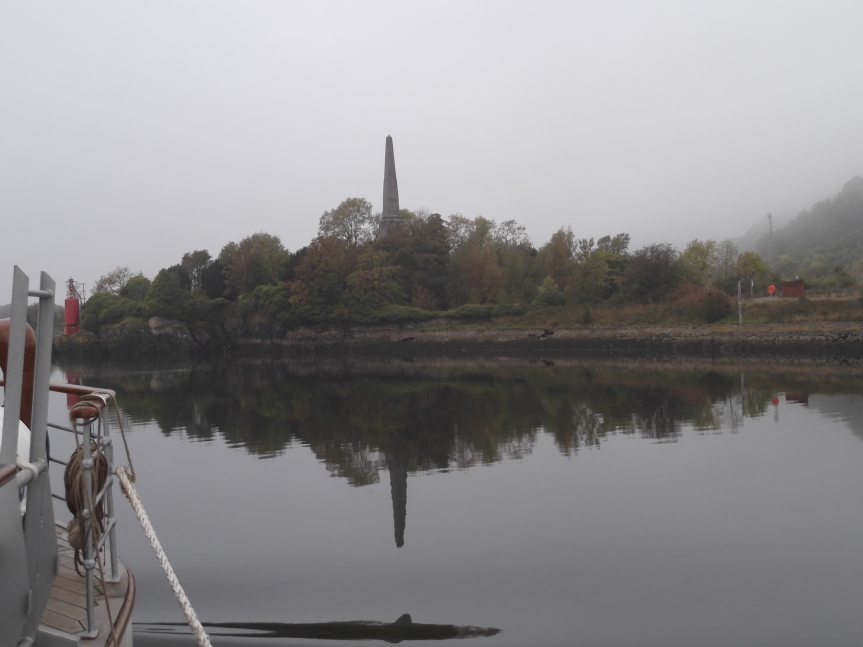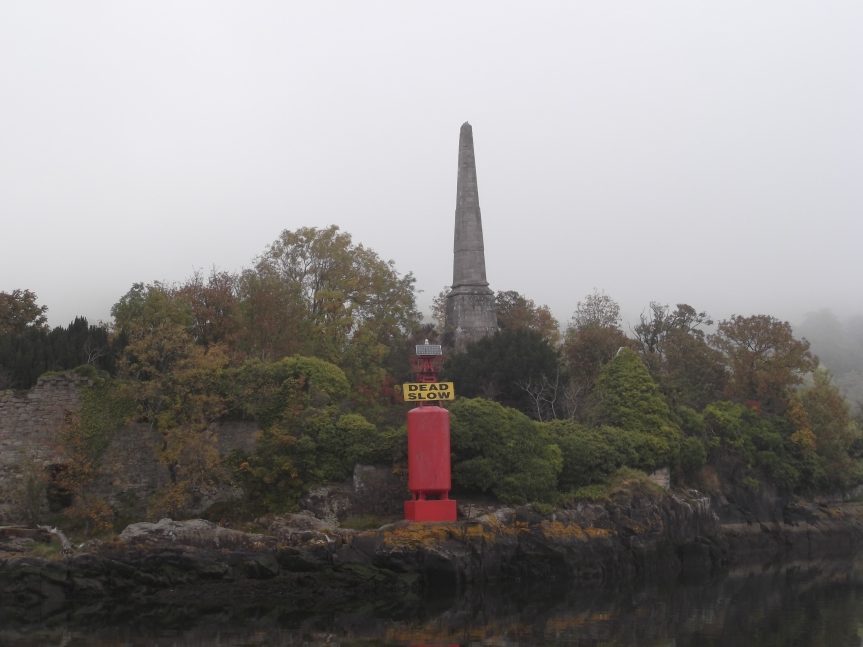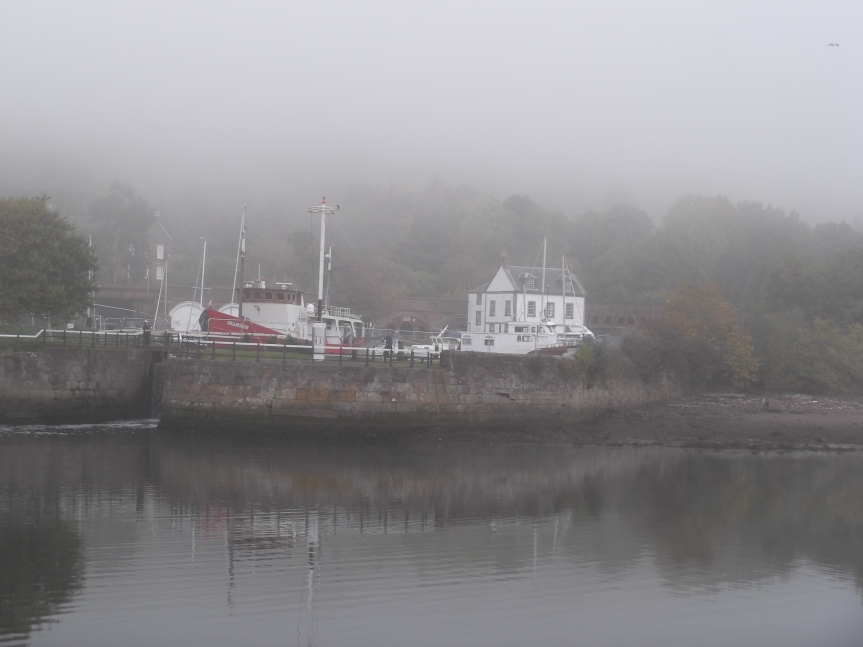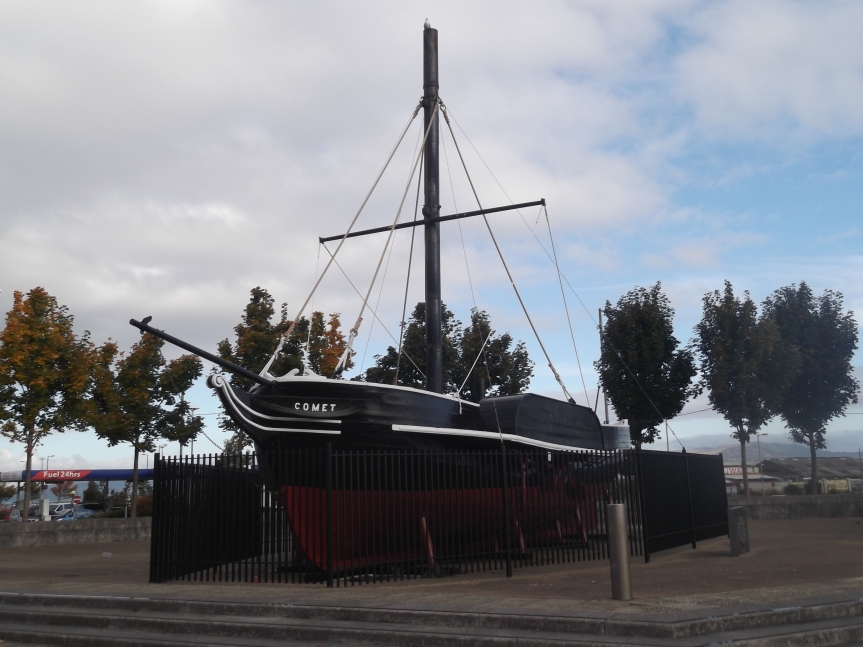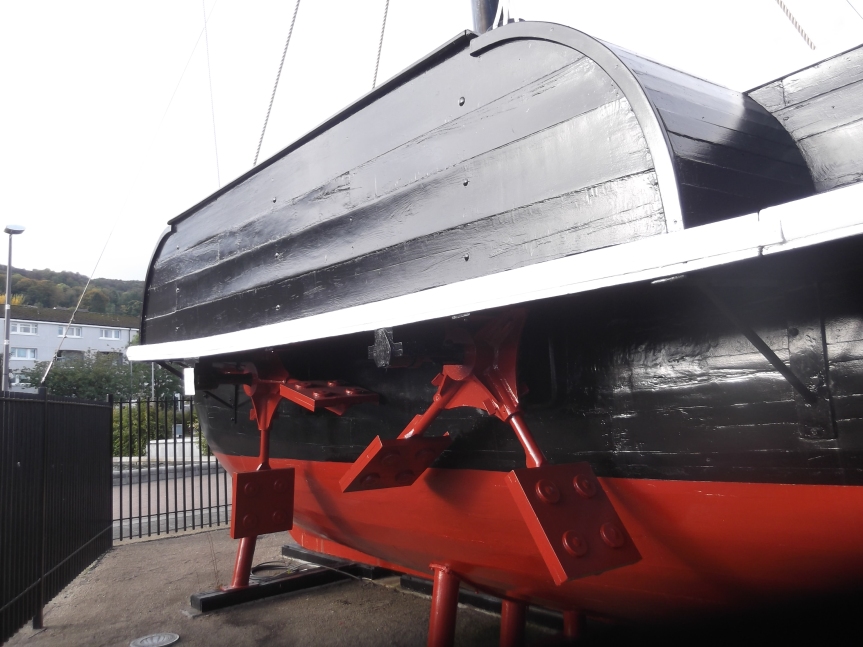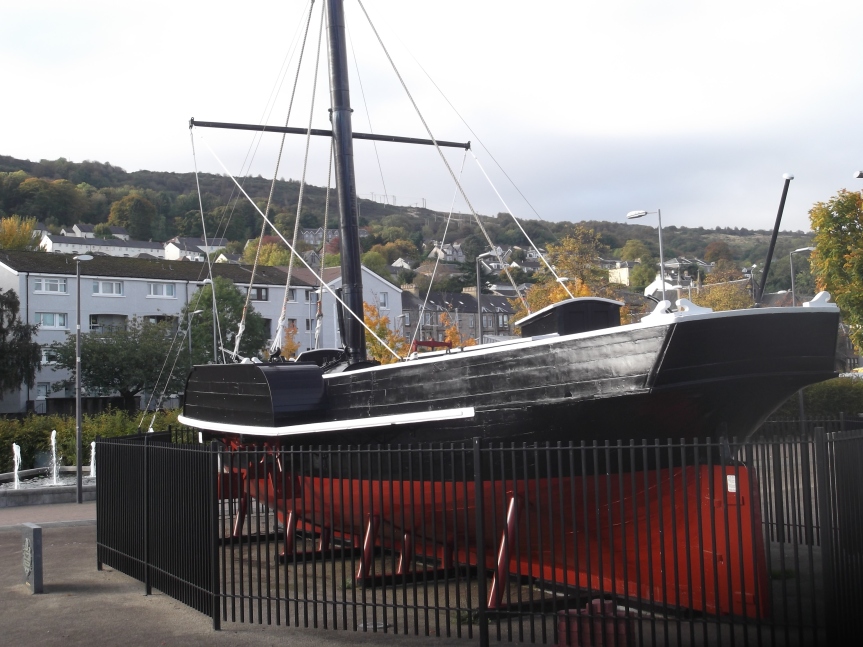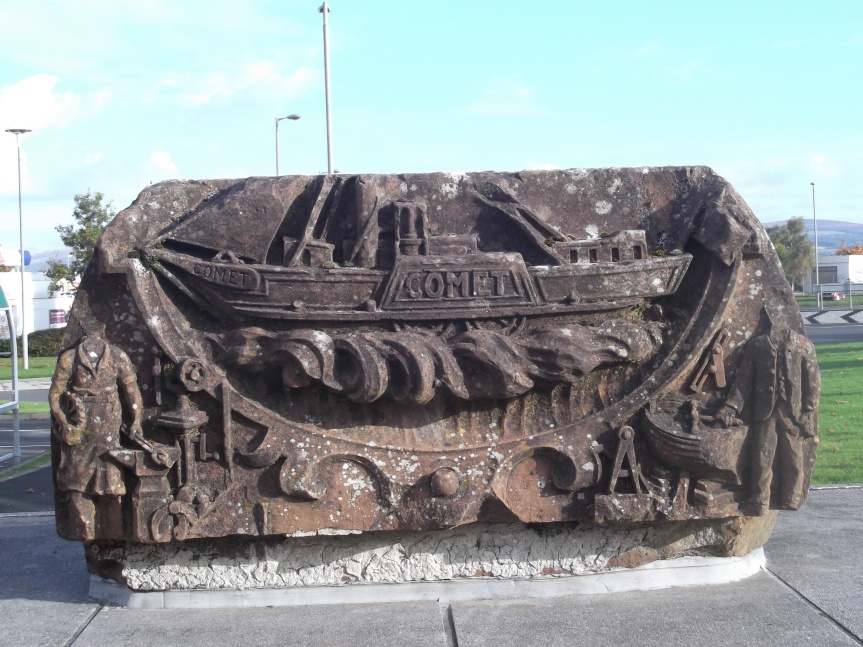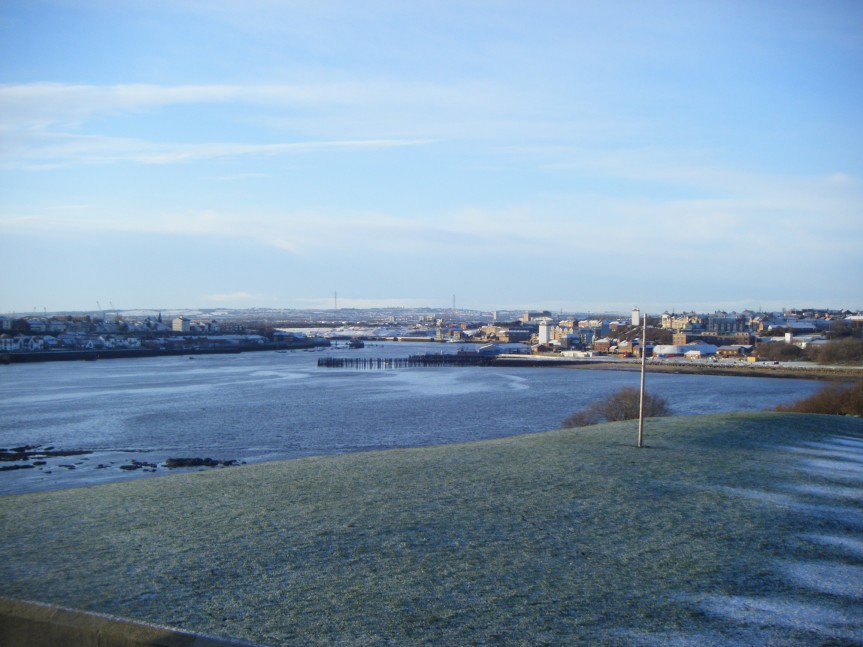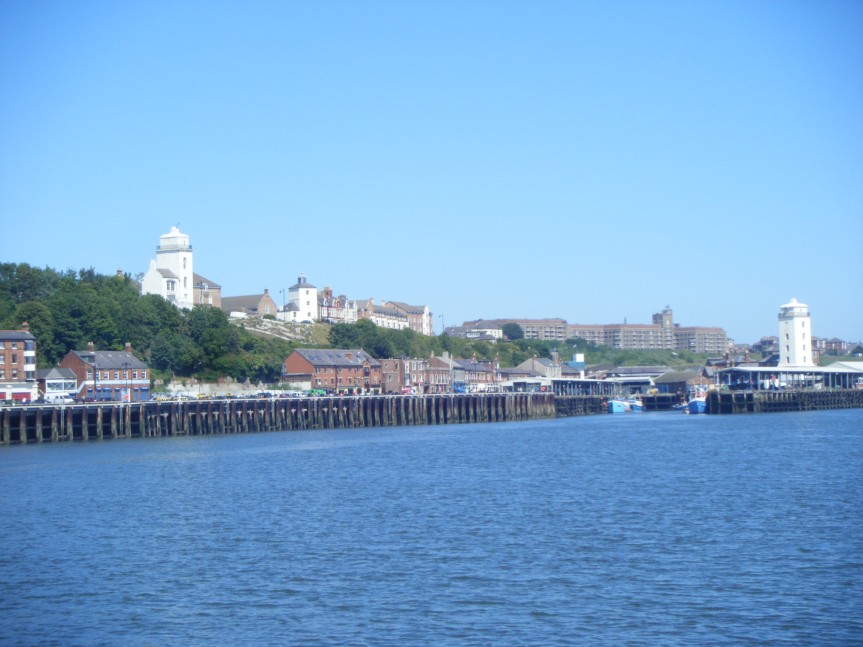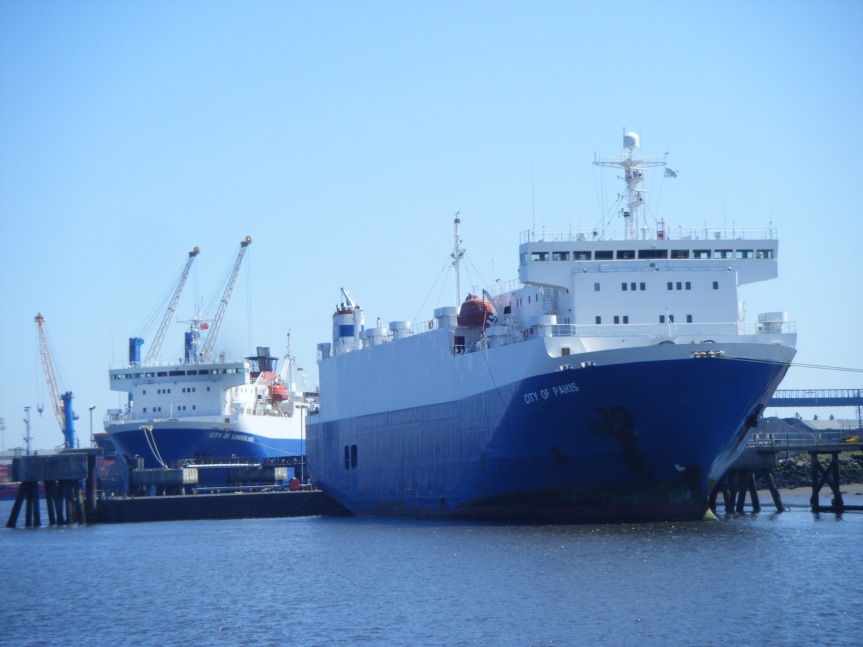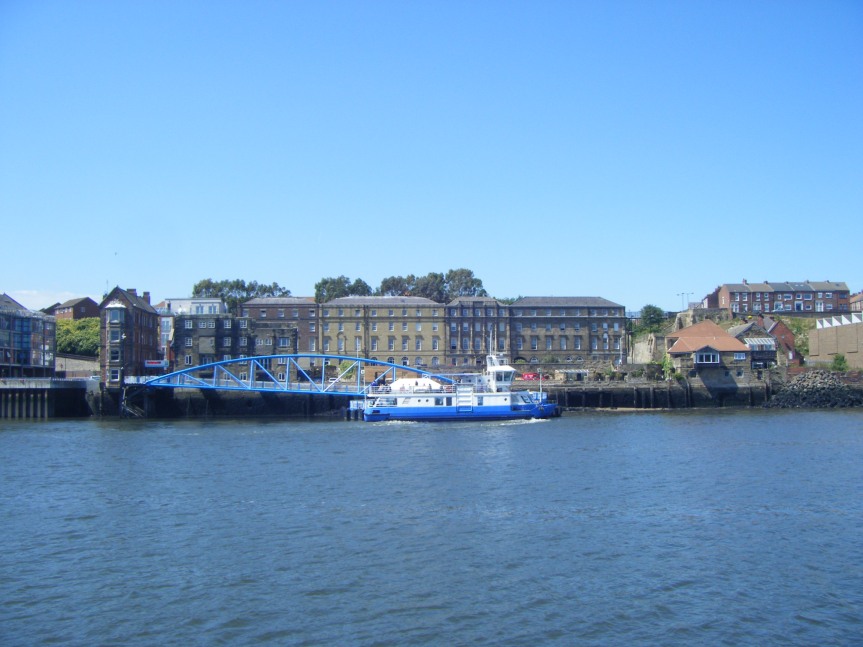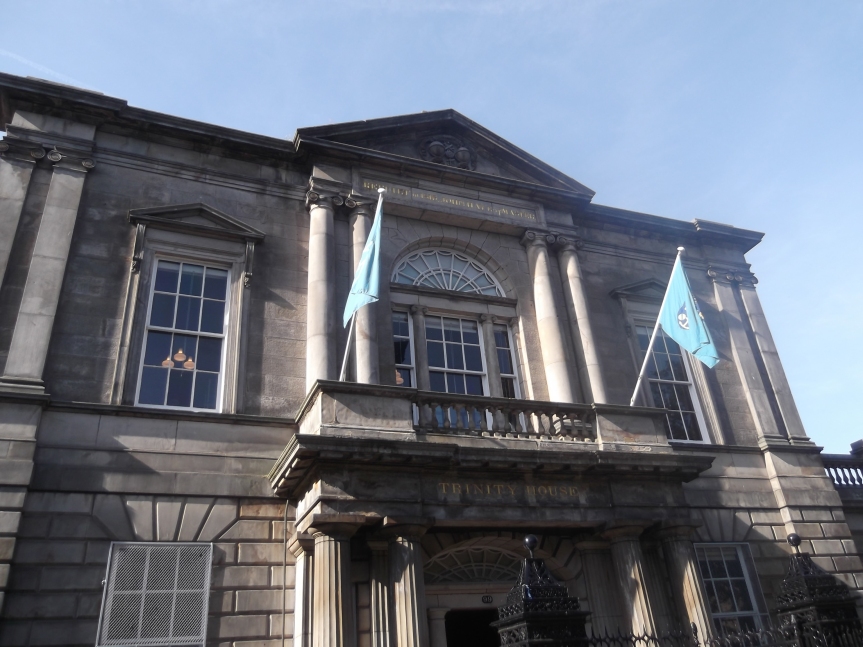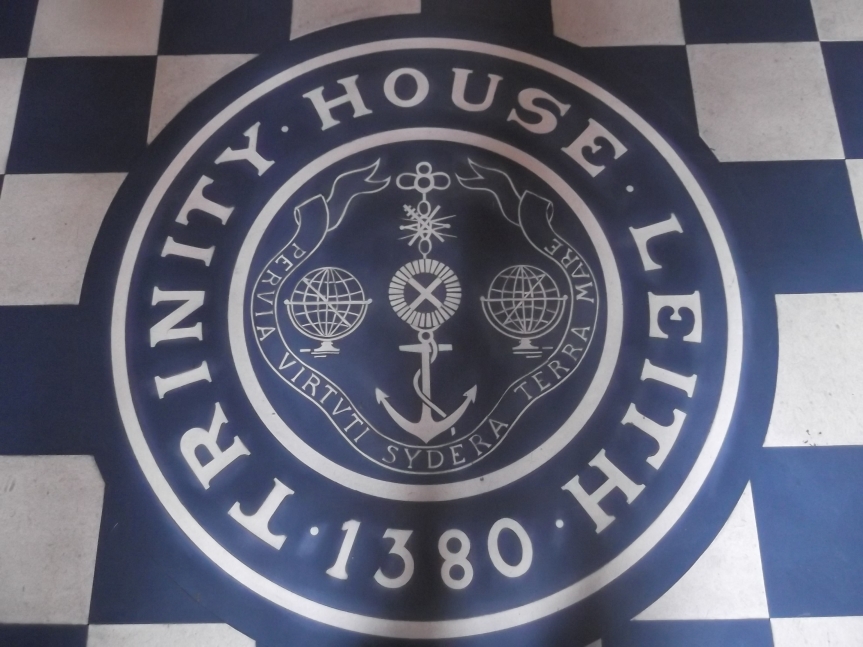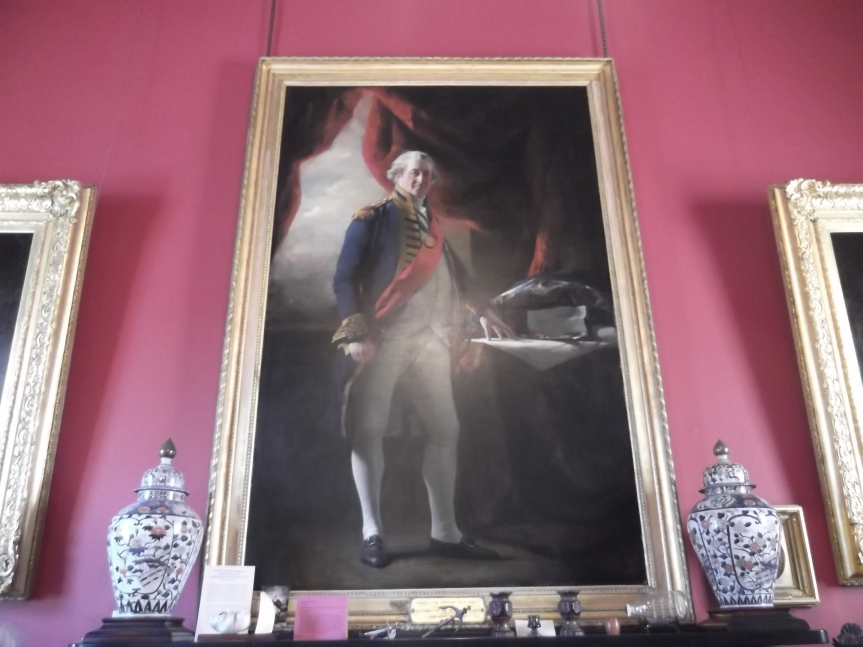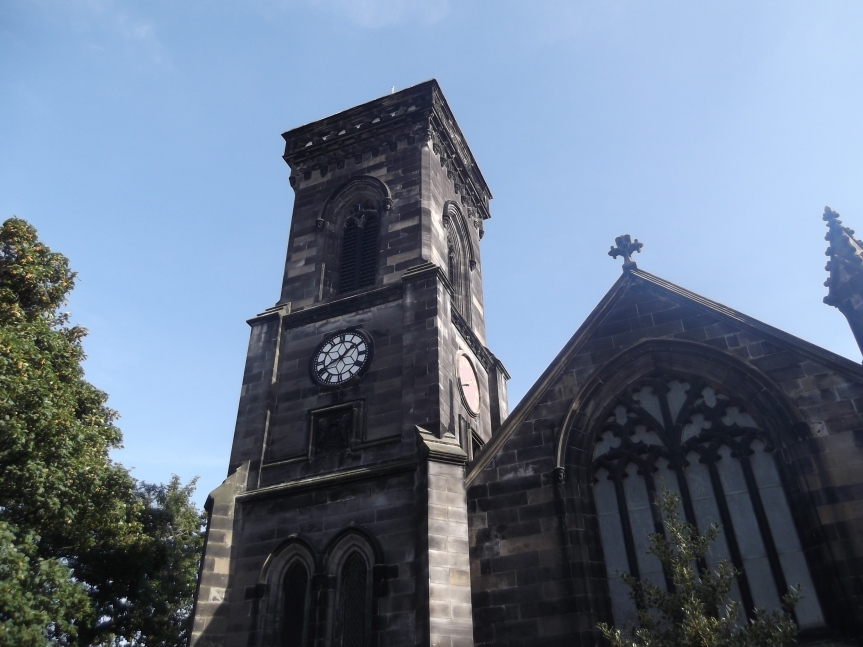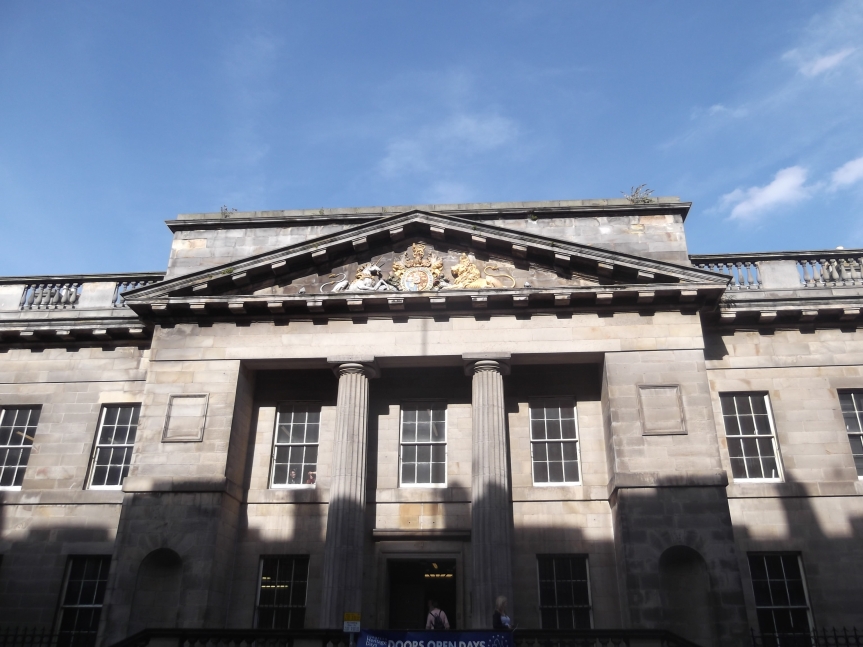I took Trafalgar Day off to run south again – part midterm break and part pilgrimage.
And I had a lovely break, looking at the sea from the train and dancing and meeting friends and going right round the metro loop. But the pilgrimage is what matters here, and it started in St Nicholas’s Cathedral on Wednesday morning, at the memorial service there.
This was a very English-looking event – very impressive, but slightly foreign to me – with the mayor in red robes, and the minister in full dress, and assorted attendants with pointy sticks and so on, as well as the people in uniform. And then there was quiet again, and the new wreath on the monument.
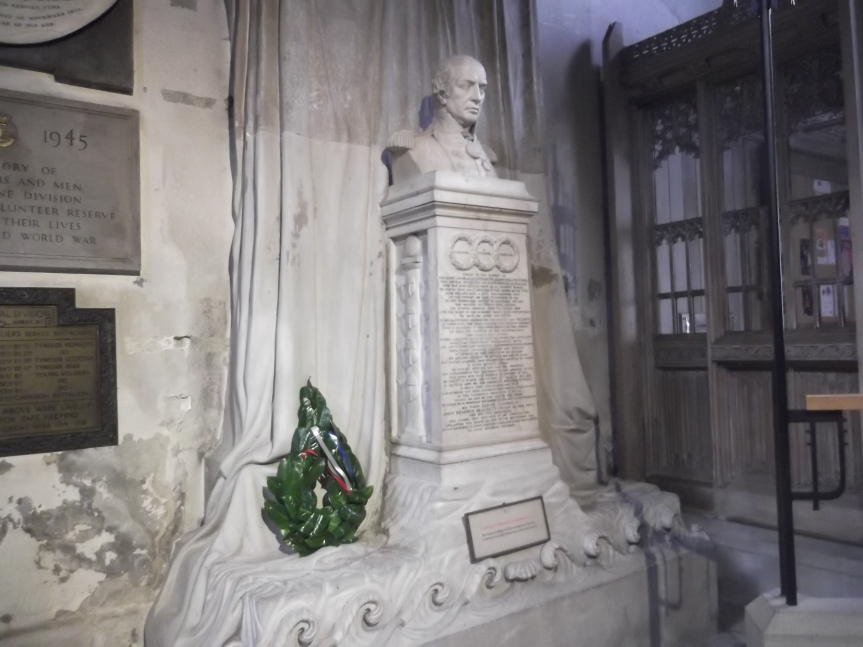
This is my favourite bit of the monument, on the side – every time I look at it I think ‘ooh, acorns, no, ships!’. I don’t suppose that was deliberate, but I do like them.
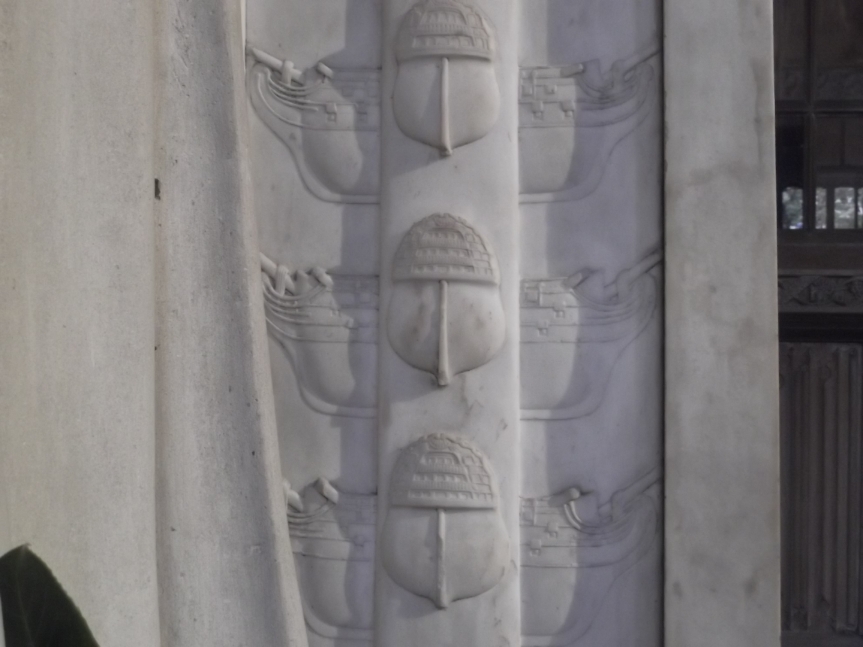
From there I headed out to Tynemouth, past another of my small favourite Newcastle things, the artwork in the Central Station metro. They’re all wonderful, but this is my favourite, for obvious reasons!

At Tynemouth the crowd was gathering round the monument. I’ve been here a few times, but not last year, I don’t think (I used my October day off to go to the College Valley instead). The tent contains the people who were handing out the beer and rum for the toast!

The first part of the the event is the flag-raising, carried out by the Marine Support & Training Service – the blue ensign because Collingwood was Vice-Admiral of the Blue at the time of Trafalgar.
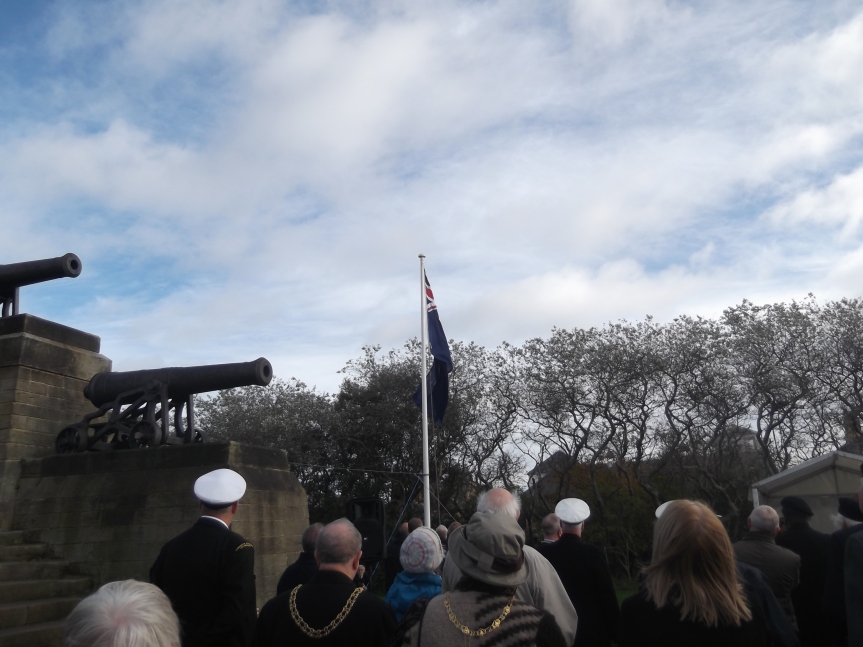
The speech this year was given by the Commanding Officer of HMS Collingwood.
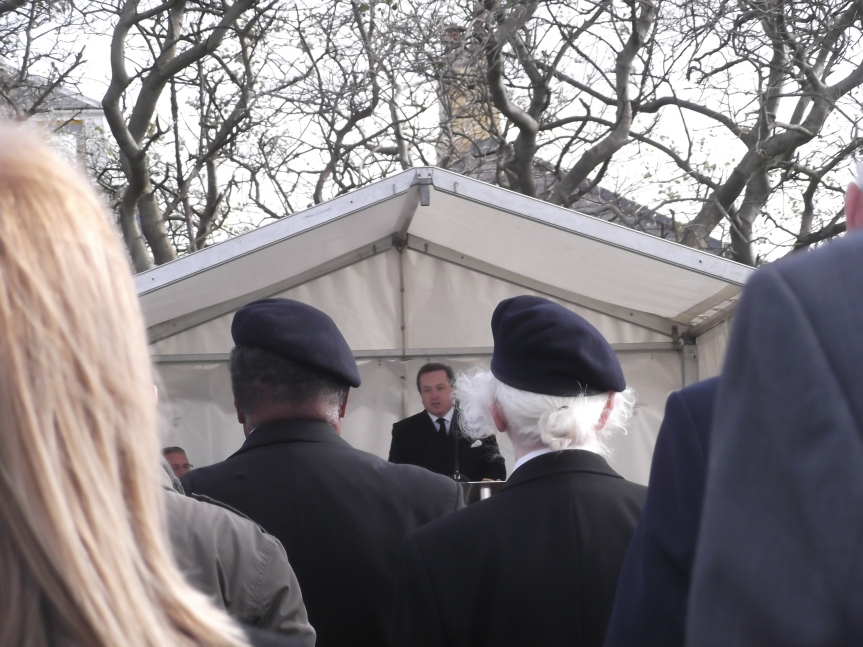
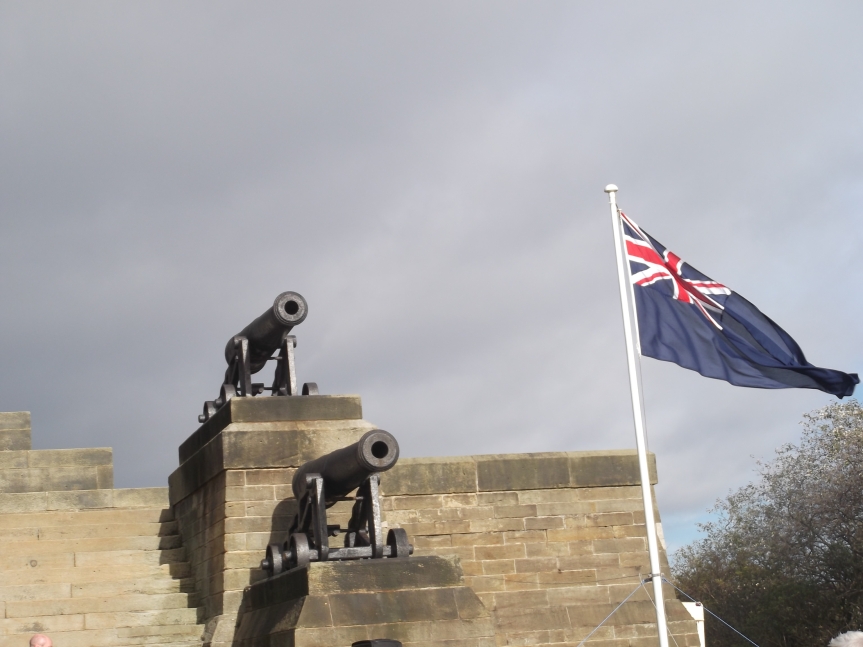
It’s a nice event as well as a moving one, and the organisers are very generous – not only do you get your drink for the toast, but you get lunch afterwards. The watchhouse was looking very smart in its new paint.
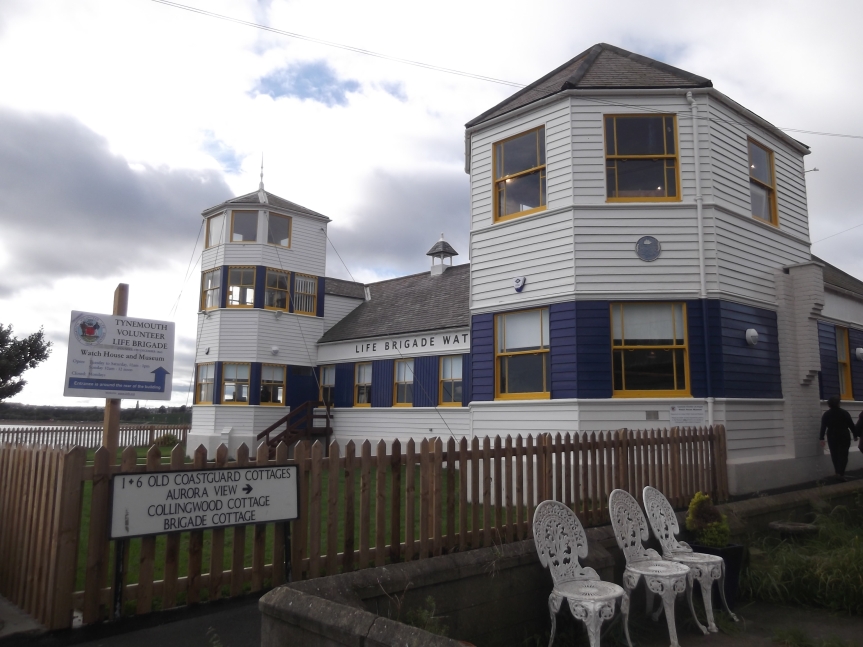
I went for a walk along the North Pier afterwards, in glorious sunshine, but I had to be back in Edinburgh before the evening – which did give me the chance to detour from Waverley to see the Nelson Monument flying the famous signal flags – it does this every year, but I somehow never knew that before. White ensign here.
